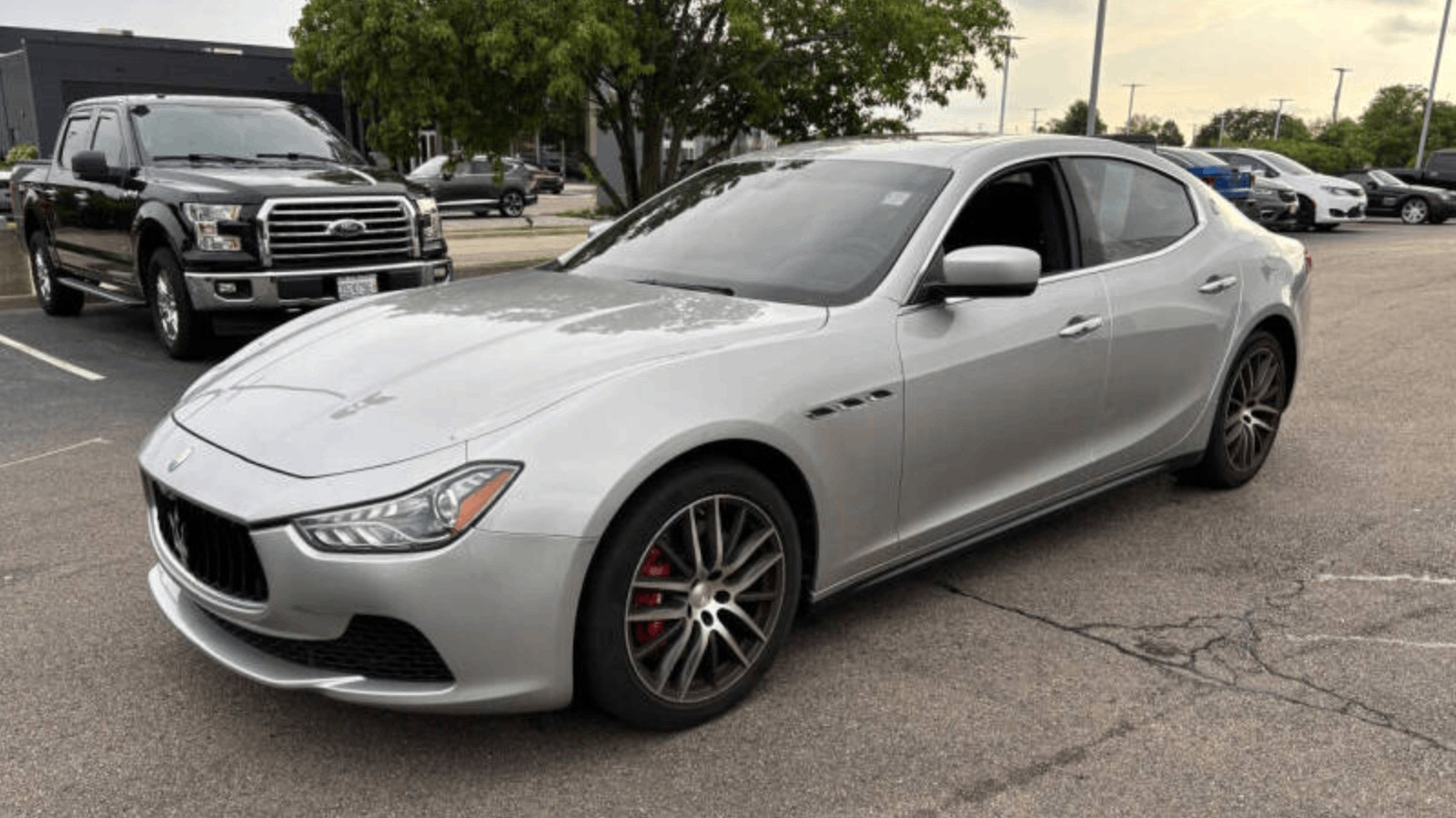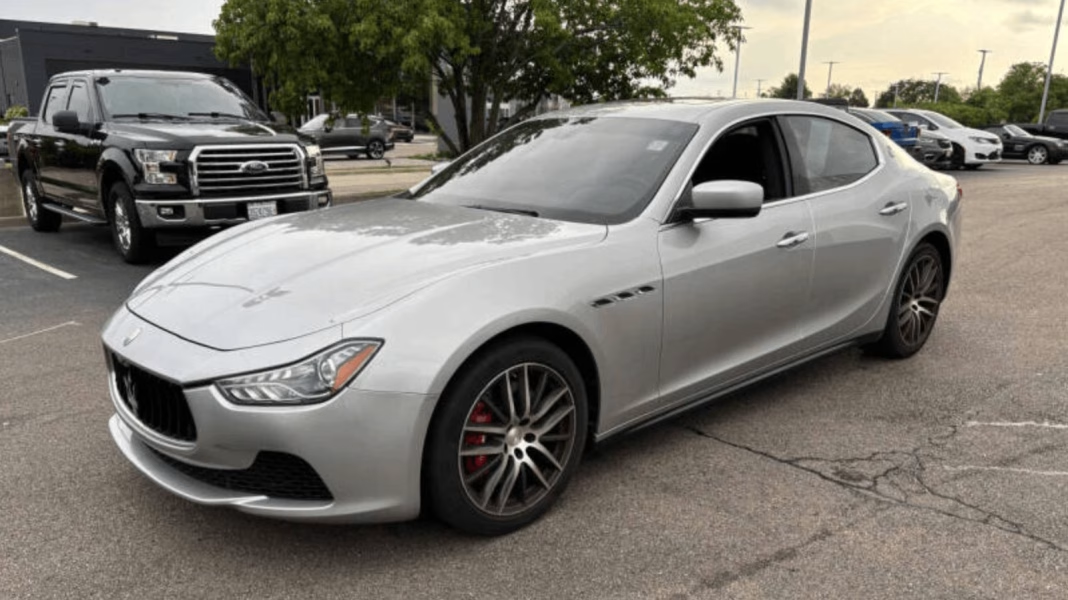Is It Worth Taking a Risk on a Used Maserati Ghibli?
So you’ve stumbled across a Maserati Ghibli for under $10,000. The temptation is real. But is it a smart move, or a financial sinkhole waiting to happen? Let’s dig into what you really need to know before you take the plunge.
What Makes the Maserati Ghibli So Tempting at This Price?
Let’s be honest—there’s something magnetic about the Maserati badge. The Ghibli, with its Italian styling and throaty exhaust, oozes personality in a way few sedans can match. For a fraction of its original sticker price, you get a car that turns heads at every stoplight. It’s not just about the looks, either; the twin-turbo V6 engine delivers a driving experience that’s genuinely exciting, especially compared to the usual suspects in this price range.
But here’s the catch: luxury cars depreciate fast, and when they hit bargain territory, there’s usually a reason. Sometimes it’s just age or high mileage. Other times, it’s a history of expensive repairs or neglect. That’s why these deals can feel like a gamble.
What Are the Real Risks of Buying a Cheap Maserati?
Let’s not sugarcoat it. Maintenance and repairs on a Maserati Ghibli aren’t cheap. Parts are pricey, and not every mechanic is comfortable working on Italian exotics. According to RepairPal, annual maintenance costs for a Ghibli can easily exceed $1,000, and that’s if nothing major goes wrong. Need a new set of brakes? Expect to pay double what you would for a mainstream sedan. Even routine services like oil changes can cost two or three times more than you’re used to.
Then there’s reliability. While some owners report years of trouble-free driving, others have faced electrical gremlins, transmission quirks, and turbocharger issues. A 2022 J.D. Power study ranked Maserati below average for dependability, which isn’t exactly reassuring if you’re hoping for a worry-free ride.
How Can You Minimize the Risk and Make a Smart Purchase?
If you’re set on rolling the dice, there are ways to stack the odds in your favor. First, insist on a thorough pre-purchase inspection by a mechanic who knows Maseratis inside and out. This isn’t the time to cut corners—spending a few hundred dollars up front could save you thousands down the road.
Check the service history. A well-documented maintenance record is gold. If the previous owner skimped on oil changes or skipped major services, walk away. Also, consider the cost of ownership beyond the purchase price. Factor in insurance, taxes, and the inevitable repairs. If you’re not prepared for the occasional four-figure bill, this might not be the right car for you.
Are There Any Real-World Success Stories?
Absolutely. Some buyers have scored incredible deals on used Ghiblis and enjoyed years of stylish, spirited driving. Take the case of a Chicago-based enthusiast who picked up a 2015 Ghibli for under $12,000. With a clean service history and a little preventative maintenance, he’s put 30,000 miles on it with minimal drama. The secret? He budgeted for repairs, found a reputable independent shop, and stayed on top of routine care.
Of course, for every happy ending, there’s a cautionary tale. Another owner found himself facing a $6,000 repair bill just months after buying a bargain Ghibli with spotty maintenance records. The lesson: due diligence isn’t optional.
What’s the Upside If You’re Willing to Take the Plunge?
If you’re the adventurous type, owning a Maserati can be incredibly rewarding. There’s a thrill in driving something rare and beautiful, even if it comes with a few headaches. And let’s face it—life’s too short to drive boring cars. If you go in with your eyes open, a realistic budget, and a willingness to accept the quirks, you might just find yourself grinning every time you hit the start button.
The big takeaway? Buying a used Maserati Ghibli isn’t about perfection—it’s about smarter adjustments. Start with one change this week—maybe researching a trusted mechanic or reviewing your budget—and you’ll likely spot the difference by month’s end.


